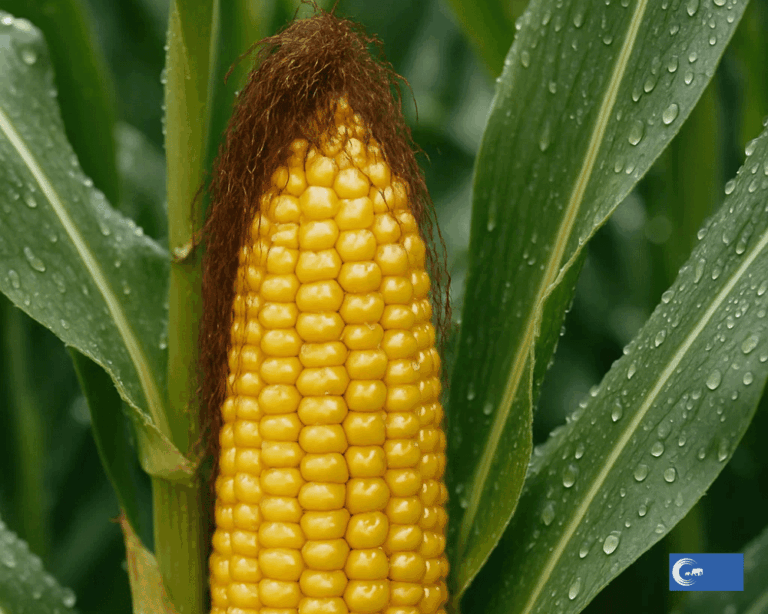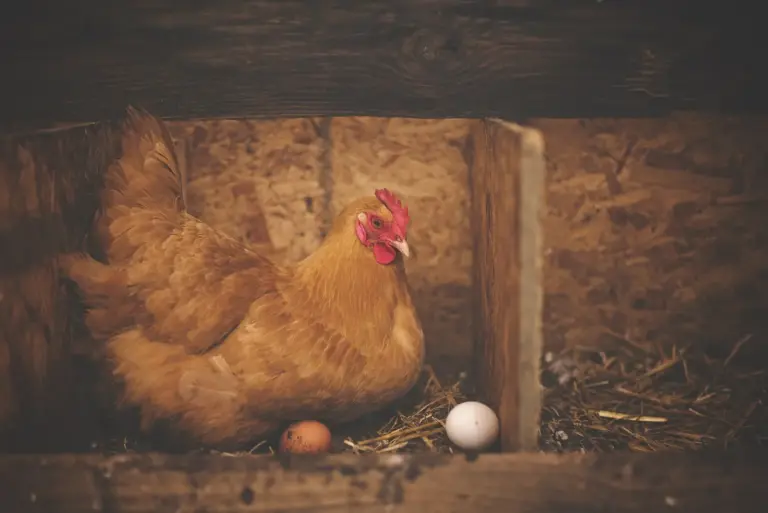A wether goat is a castrated male goat that has been sterilized by removing its testicles.
Whether goats have distinct needs and serve specific purposes, they can be part of a goat herd within a sustainable farming system or be kept as pets by a family.
Owners and farmers need to understand their characteristics to make informed decisions regarding their care and management.
Main Takeaways
- A wether goat is a castrated male—sterilized to prevent reproduction and reduce aggressive behavior.
- Wethers are calmer and friendlier than intact males, making them ideal as pets or companions in herds.
- They live longer and healthier lives, with fewer hormone-driven health issues and reduced risk of urinary calculi if managed properly.
- All breeds can be wethers, and their roles vary—from brush clearing and pack work to fiber production and showmanship.
- They need secure housing, quality forage, proper minerals, parasite control, and regular hoof and health care.
- Goats are social animals—wethers must be kept with other goats or livestock to prevent stress and loneliness.
- Castration methods vary, but early surgical castration with pain management is often preferred for welfare and long-term health.
- Wether goats are versatile, serving as pets, land managers, therapy animals, or steady companions in mixed herds.
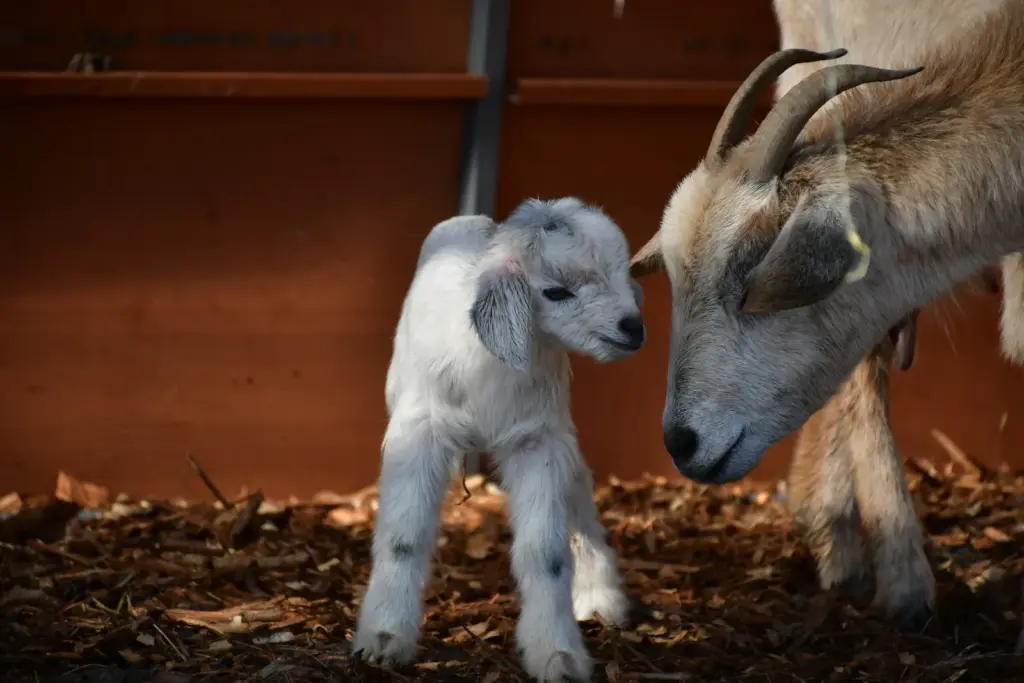
Differentiating Wether Goats from Bucks (or Billy) and other Goats
Wether goat: A wether goat is a castrated male goat, neutered to eliminate their ability to reproduce and to modify their potential aggressive behavior by completely removing their testicles.
Buck (Billy goat): A Buck (in the UK) or a Billy goat (in the US) is an intact male goat. They possess reproductive capabilities and exhibit typical male goat behaviors.
Buckling: A Buckling refers to a young male goat that has not yet reached sexual maturity, typically under one year of age.
Teaser Buck: In some farm settings, it is common to vasectomize the Bucks. Vasectomization is a surgical technique performed by a professional Veterinarian that, under anesthesia, removes the vas deferens. The vas deferens are the tubes taking the sperm from the testicles to the penis. That means a teaser buck is a male goat with normal mating behavior used to identify females in heat, but it cannot reproduce.
Does or Nannies: Does or nannies are female goats capable of reproducing.
Kids: Kids are young goats, regardless of gender, typically under one year old. They have not reached sexual maturity yet.
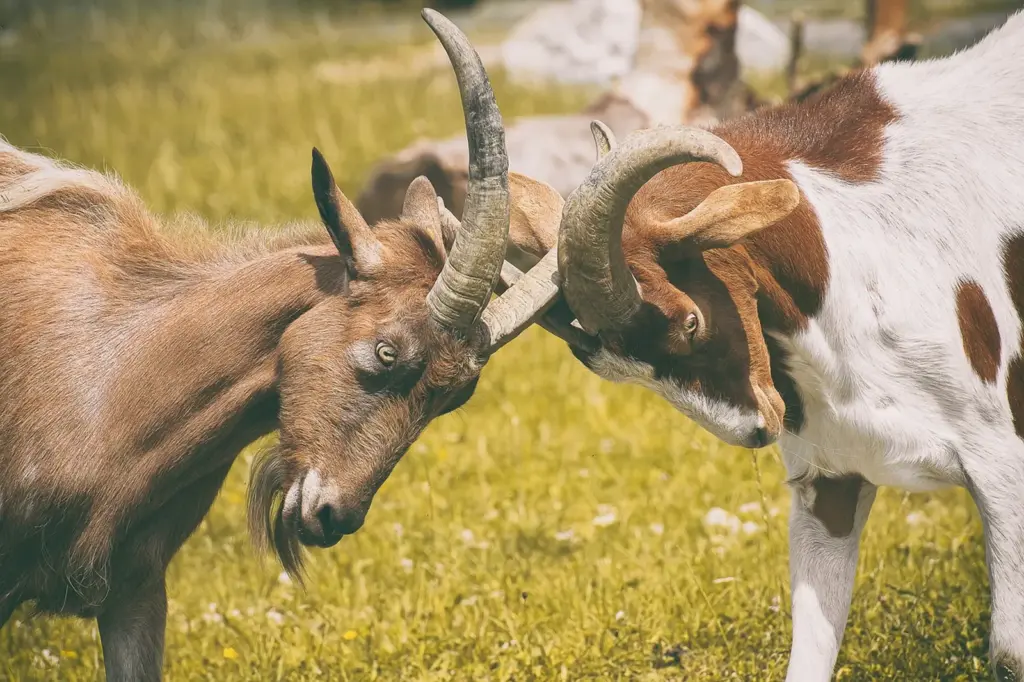
Characteristics of Wether Goats
Temperament and behaviour
Castration removes the testosterone spikes that drive territoriality, so wethers typically retain a juvenile‑style curiosity and sociability throughout life. Castrated males approach humans readily and engage frequently in play such as hopping or “head‑butt tag,” behaviours interpreted as positive welfare indicators.
Physical health and longevity
There is no growth penalty from early castration and only modest differences in muscle depth between castrated and non-castrated goats. The absence of reproductive hormones is linked to decreased metabolic stress and, in some cases, a longer life expectancy; agricultural gerontology reviews list goats among the species that may experience an increased lifespan after castration. Extension factsheets add that later‑than‑neonatal castration enlarges the urethral diameter and lowers the lifelong risk of urinary calculi, a common ailment in male small ruminants.
Breed variations
Almost every goat breed can become a productive wether, but body size and fibre or grazing objectives guide selection. Compact breeds such as Pygmy or Nigerian Dwarf excel as backyard companions where space is tight, while large‑frame Boers, Alpines, and Kikos dominate pack‑goat and heavy brush‑clearing roles because they can carry loads approaching 25 percent of body weight. Fibre enthusiasts prize Angora, Cashmere, and Pygora wethers, whose energy, freed from reproduction, pours into high‑quality fleece production.
Care and Management
Housing and fencing
Goats tolerate a wide range of climates but need a draft-free, three-sided shed to protect them from wind chill and rain.
Guidelines recommend 10–15 ft² of bedded floor space per adult in open housing and at least 20 ft² if the housing is fully enclosed.
Fencing must protect “Houdini” behaviour. Goats are great escape artists. To avoid problems, heavyweight woven wire at least 39 inches high, augmented with an interior electrified strand or 4 × 4-inch fixed-knot mesh, effectively resists climbing and head-shoving escapes.
Nutrition and feeding
Daily diets revolve around quality forage, clean water, and mineral balance. Maintenance energy needs are set at roughly 0.39 Mcal per kg Body weight for adult goats, with protein requirements near 60 g Crude Protein per goat at modest activity levels.
Extension nutrition sheets emphasize that hay should test above 50 percent Total Digestible Nutrients (TDN), while browse provides additional trace minerals and behavioral enrichment.
Free‑choice loose minerals formulated for goats—or a 2:1 calcium‑to‑phosphorus ratio in mixed feeds—are good for safeguards against urinary calculi.
Routine health care
Internal parasites remain the top health threat; current integrated parasite-management programs combine testing, strategic deworming, and pasture rotation to slow the development of drug resistance and protect animal welfare.
Hoof disorders follow close behind. Hoof Trimming once or twice a year is recommended, paying attention to a 50–55-degree hoof wall angle and inspecting for early foot-rot lesions.
Vaccinating against clostridial diseases and scheduling annual dental checks keep the mature wether productive well into his teens.
Social Needs and Companionship
Goats are intensely gregarious, and isolation provokes measurable stress responses. Single-housed goats vocalise more, pace, and exhibit elevated cortisol compared with group‑kept peers.
Positive human contact can buffer short‑term anxieties, yet welfare scientists caution that people cannot substitute for a herd‑mate around the clock. Ideally, wethers live alongside other goats, but they integrate readily with sheep and even calm skittish lambs in mixed flocks.
Targeted-grazing case studies highlight efficient weed control and improved pasture utilization when goats and sheep browse together, due to their complementary diets and grazing behaviors.
Compatible livestock guardians—whether a placid wether or a seasoned ewe—offer both company and leadership, completing the social circle that keeps these amiable animals thriving.
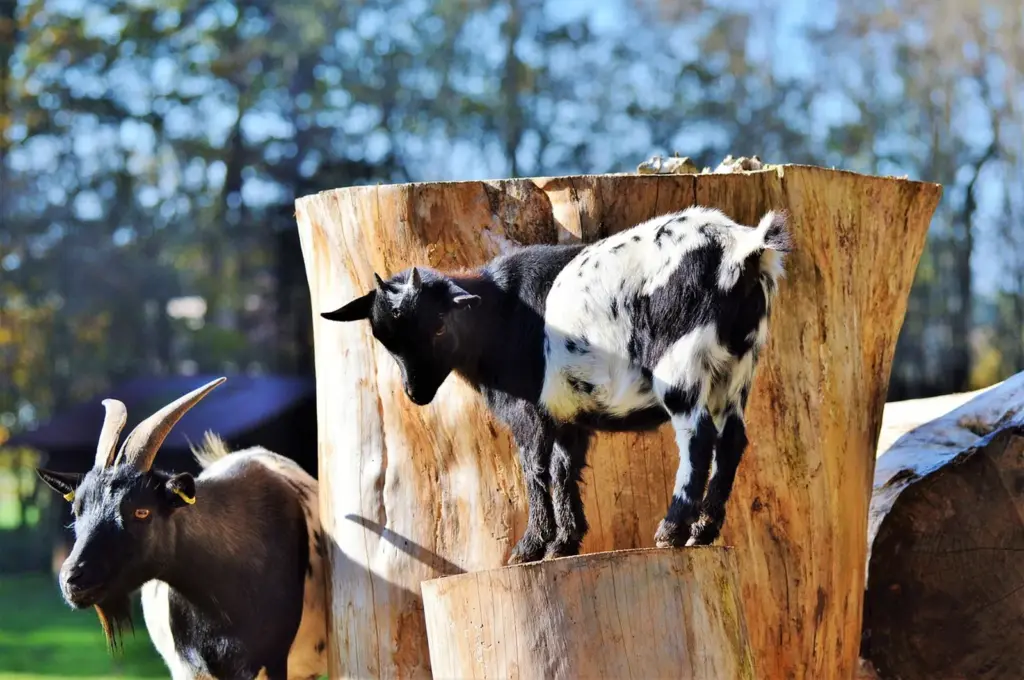
Purpose of Keeping Wether Goats
Factors influencing the decision to wether goats:
- Control breeding: Wether goats are castrated to prevent unwanted breeding within the herd, ensuring controlled reproduction.
- Behavior modification: Wether goats may exhibit calmer and more docile behavior by removing the reproductive hormones, particularly true if you need to allow two or more bucks to live together and minimize fighting behaviors. However, exposure to testosterone will, over time, form the natural behavior of Bucks, so even after castration, some aggressive behavior learned over time may remain.
Common uses of wether goat:
- Companion animals: Wether goats make excellent companions for other goats, livestock, or even as pets for humans due to their gentle and friendly nature.
- Brush and weed control: Wether goats are often utilized for their grazing abilities to manage vegetation, helping to control unwanted weeds in pastures or specific areas.
- Showmanship: Wether goats can be shown in various livestock shows and exhibitions, competing in showmanship classes to showcase their conformation and training.
- Meat production: Sometimes, wether goats are raised for meat production, they develop well-muscled and flavorful meat.
Addressing Common Questions
Will a wethered goat still try to mate?
- No, wethered goats have been castrated, removing their reproductive organs. As a result, they do not have the ability or desire to mate.
Difference between a buck and a wether goat:
- A buck refers to an intact male goat capable of breeding and exhibiting typical male behaviors.
- On the other hand, a wether goat is a castrated male goat, resulting in behavioral and physiological changes that eliminate its reproductive capabilities.
Suitability of wether goats as pets:
- Wether goats make excellent pets due to their gentle and friendly nature.
- They are typically easier to handle and less prone to aggressive behavior compared to intact males.
- Wether goats can form strong bonds with humans and other animals, making them suitable companions in various settings, such as small farms or rural homes.
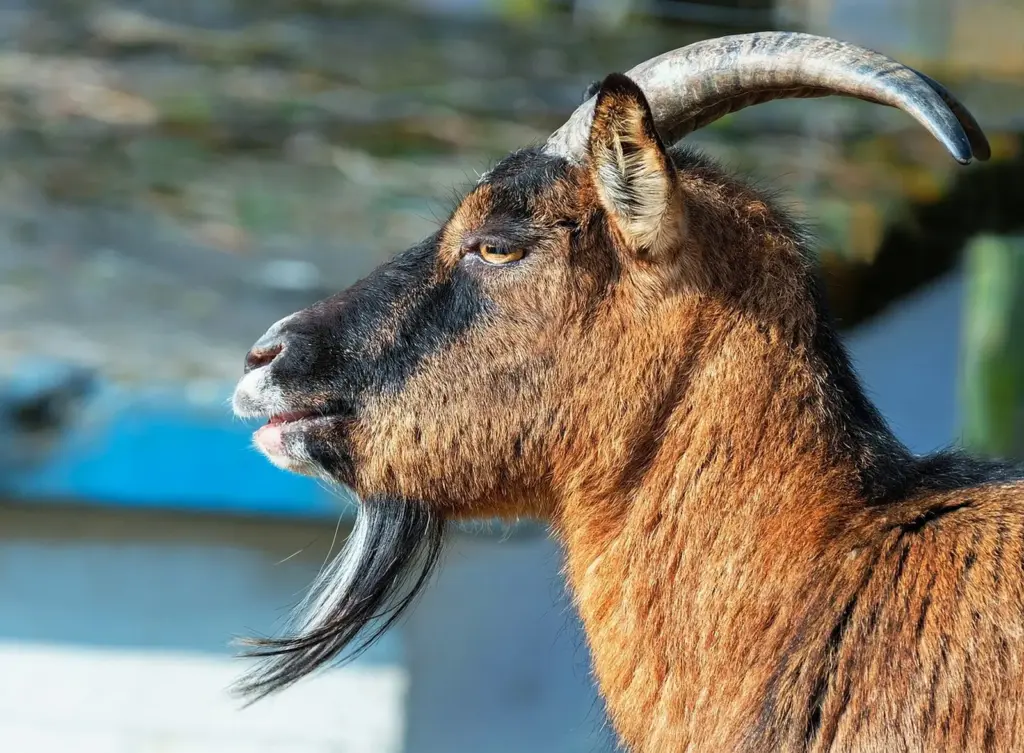
Bucks Castration, Techniques, and Best Timings: Insights from a Farm Vet
Banding Vs. Surgical Castration Vs. Emasculator
Castration involves removing the testicles in male goats. It can be achieved with different techniques.
A. Banding: Banding is a non-surgical method of castration that involves placing a tight rubber band or elastrator ring around the base of the scrotum. It cuts off the blood supply to the testicles, causing them to shrink and eventually fall off. It is a relatively simple and cost-effective technique, but it may take a few weeks for the testicles to detach completely. In my experience, I have seen many bucklings and lambs ringed with a rubber band. The procedure can only be performed in animals younger than one week in the UK. It is a potentially painful period for the animal, so injecting pain relief and following up with pain management is essential. I don’t particularly like banding in Goat Kids and prefer a surgical castration.
B. Surgical Castration: Surgical castration is a method that involves making incisions in the scrotum to remove the testicles. It requires the use of sterilized instruments and proper surgical techniques. This method allows immediate removal of the testicles and can be performed under anesthesia by a professional Veterinarian. It is effective and typically results in a faster recovery compared to banding.
C. Emasculator: A Budizzo emasculator is a specialized tool used for castration. It has two crushing and cutting blades, and it is applied to the spermatic cords, crushing and cutting the blood vessel feeding the testicles. This technique removes the blood supply to the testicles, and the testicular tissue will eventually become atrophic. It must be done under anesthesia and pain management, and the author of this article has never used it, considering the procedure painful and potentially unsuccessful.
Ideal Timing for Castration and The Associated Risk of Calculi
General recommendations suggest castrating bucks at a young age, typically between 2 and 12 weeks old.
Although castrating at a young age is less painful for the kid, there is a concern about the increased risk of urinary calculi. In this condition, mineral deposits block the urethra. Scientific studies show that while early castration may slightly increase the risk, factors such as diet, exercise, and water quality play a more significant role in urinary calculi development.
Maintaining the correct calcium-to-phosphorus ratio in the wether’s diet is essential to prevent urinary calculi. Feed a ration that contains about twice as much calcium as phosphorus, ensuring the grain mix and mineral salt meet this requirement. Adjust the feeding regimen as the wether matures, reducing or eliminating grain if unnecessary. Treats like carrots or apples can be given as an alternative. Monitoring the wether’s diet, exercise, and water intake is critical to minimizing the risk of urinary calculi.
By understanding the considerations around castration and the risk of urinary calculi, goat owners can take appropriate steps to promote the well-being and health of their wethers.
Conclusions
Understanding the differences between wether goats and other male goats, such as bucks, bucklings, and teaser bucks, helps make informed decisions about their management and care.
Castrating bucks is a common practice to control breeding and modify behavior. Different techniques, such as banding, surgical castration, or the use of emasculators, can be employed. It is crucial to consider the timing and consult a Veterinarian to ensure the procedure is performed safely and with appropriate pain management.
While there is a slightly increased risk of urinary calculi in wether goats, the focus should be on proper nutrition, exercise, and water quality to prevent this condition. Maintaining the correct calcium-to-phosphorus ratio in their diet and monitoring their overall health are critical factors in reducing the risk.
Wether goats make excellent companions and working animals due to their gentle temperament and sociability. They can be kept as pets, participate in livestock shows, or contribute to brush and weed control. Castrating at the appropriate time and following preventive measures can enhance their quality of life and ensure a harmonious herd environment.


